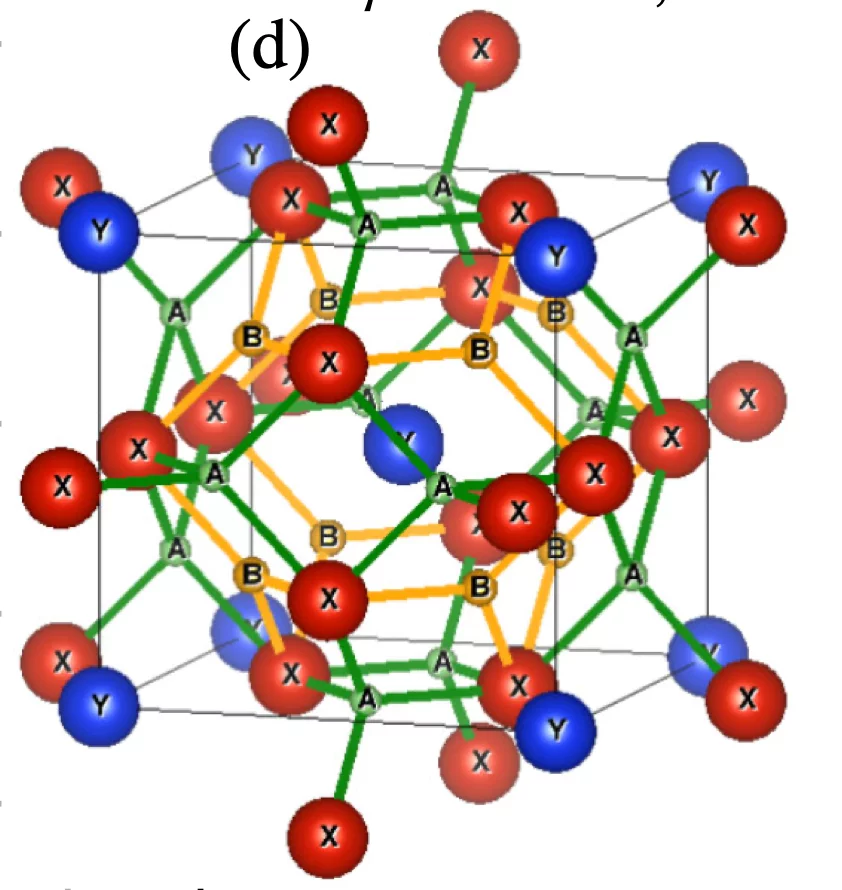We report on the first example of quantum coherence between the spins of muons and quadrupolar nuclei. We reveal that these entangled states are highly sensitive to a local charge environment and thus, can be deployed as a functional quantum sensor of that environment. The quantum coherence effect was observed in vanadium intermetallic compounds which adopt the A15 crystal structure, and whose members include all technologically pertinent superconductors.
Furthermore, the extreme sensitivity of the entangled states to the local structural and electronic environments emerges through the quadrupolar interaction with the electric field gradient due to the charge distribution at the nuclear (I > 1/2) sites. This case study demonstrates that positive muons can be used as a quantum sensing tool to also probe structural and charge-related phenomena in materials, even in the absence of magnetic degrees of freedom.
Facility: SμS
Reference: P. Bonfà et al, Physical Review Letters 129, 097205 (2022)
Read full article: here


